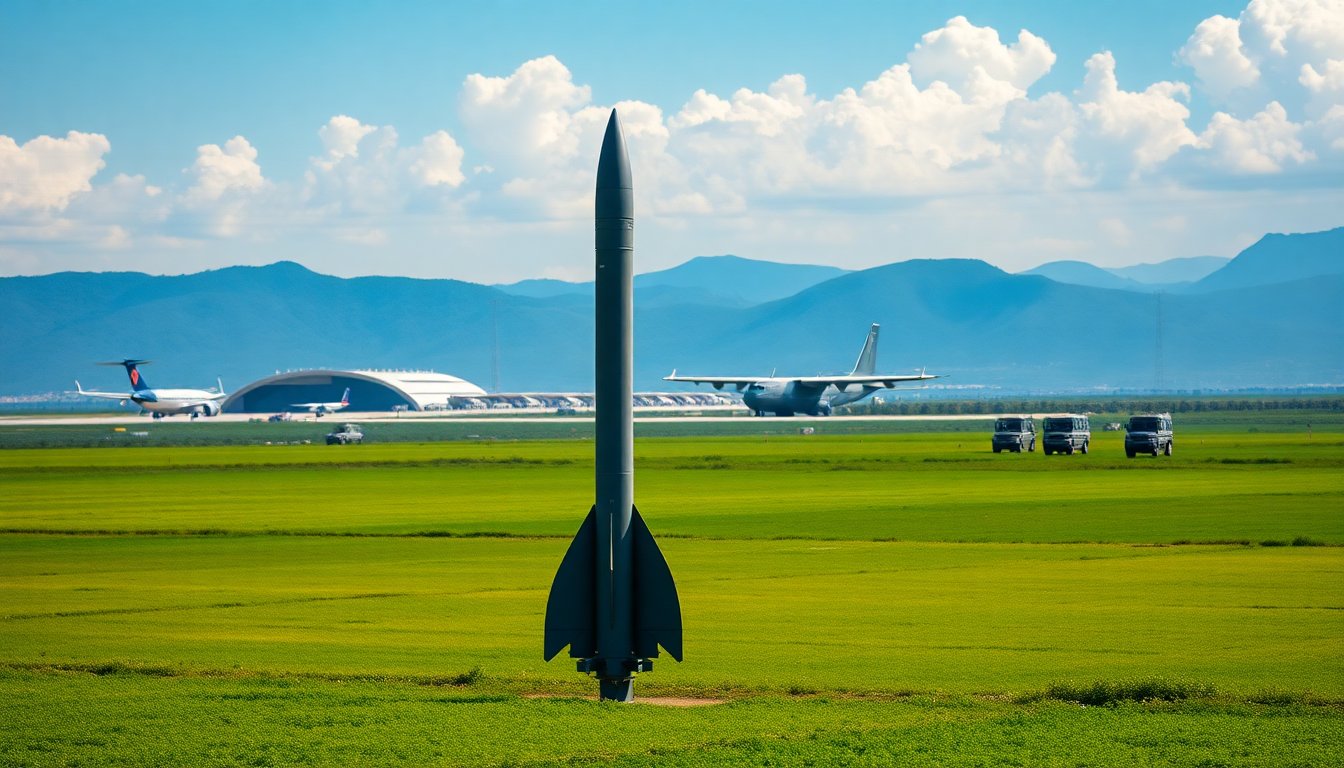Table of Contents
In recent years, China has made significant advancements in its military capabilities, particularly regarding its nuclear arsenal. The emergence of a nuclear triad, which includes land, sea, and air-based delivery systems, marks a pivotal shift in the nation’s defense strategy. This article aims to unpack the implications of this triad, highlighting the latest advancements, including the unveiling of the Jing Lei-1 (JL-1) long-range air-launched ballistic missile (ALBM), and its impact on global security dynamics.
Understanding the Nuclear Triad
The concept of a nuclear triad involves integrating three distinct delivery platforms to ensure a credible deterrent against potential adversaries. In China’s case, this triad consists of land-based intercontinental ballistic missiles (ICBMs), submarine-launched ballistic missiles (SLBMs), and air-launched missiles. The JL-1 is particularly noteworthy as it represents China’s inaugural ALBM, indicating a strategic shift towards enhancing its aerial nuclear strike capabilities. This missile can potentially be deployed from the H-6 bomber, completing the triad and fortifying China’s nuclear deterrence.
With an operational range exceeding 10,000 kilometers (approximately 6,200 miles), the JL-1 is designed to carry multiple independently targetable re-entry vehicles (MIRVs). This capability enhances the missile’s effectiveness while complicating defensive measures for potential targets, including the U.S. mainland. The development of such technology underscores China’s commitment to modernizing its military and ensuring a robust deterrent posture.
The Strategic Implications of Military Advancements
The recent showcase of military hardware during China’s Victory Day parade serves as a stark reminder of the nation’s growing military prowess. The introduction of advanced systems like the JL-3, which can also carry MIRVs, emphasizes the importance of diversification in nuclear capabilities. This diversification is crucial for maintaining strategic stability and ensuring that China can respond effectively to evolving geopolitical challenges.
Moreover, the successful integration of these advanced missile systems into China’s military doctrine reflects a significant shift in its defense strategy. By developing a comprehensive nuclear triad, Beijing aims to deter adversaries through the assurance of a second-strike capability, thereby enhancing its position on the global stage. This development raises critical questions for international relations, particularly concerning U.S.-China relations and regional security dynamics in Asia.
Looking Ahead: Future Developments and Challenges
As China continues to expand and modernize its nuclear arsenal, observers must consider the broader implications for global security. The introduction of new technologies and delivery systems poses challenges not only for regional adversaries but also for international arms control efforts. The increasing complexity of deterrence strategies may lead to a renewed arms race, prompting nations to reassess their military capabilities.
In conclusion, China’s nuclear triad represents a significant development in its military capabilities, with far-reaching implications for regional and global security. As the world watches these advancements unfold, it is imperative to engage in dialogue and seek avenues for cooperation to mitigate potential conflicts and ensure stability in an increasingly multipolar world.


